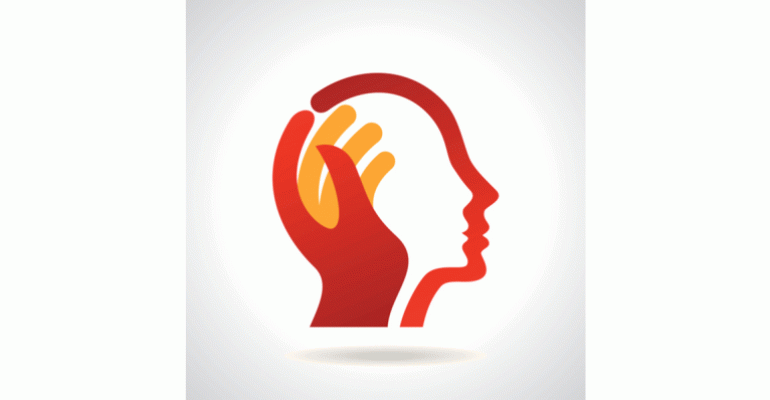 We all know that restaurants are masters when it comes to using psychology to draw us in, influence our food choices, persuade us to tip more, and feel more satisfied with our experience. I was reading a great Quora query on just this topic, and it occurred to me that meeting planners could use some of their sales strategies, too. Here are a few that seemed especially relevant:
We all know that restaurants are masters when it comes to using psychology to draw us in, influence our food choices, persuade us to tip more, and feel more satisfied with our experience. I was reading a great Quora query on just this topic, and it occurred to me that meeting planners could use some of their sales strategies, too. Here are a few that seemed especially relevant:
1. Take advantage of the “paradox of choice” by limiting the options you include per category to no more than seven. You know those chain restaurants with 20-page menus that leave you more frustrated than famished? The same thing can go for meeting registration sites, especially those that ask you to sign up then and there for every breakout and activity for a three-day stint. Can you limit each category to just seven “appetizers,” “entrees,” and “desserts”?
2. Use photos, but not too many. A photo of food can increase sales, but too many make it look cheap. I don’t know for a fact this could go for meeting brochures and Web sites, but my gut says yes.
3. Be strategic about pricing placement. Remember that the upper right corner (in print and online) is where the eye goes first, so put the most important information there, then build in the flow under that. Box important items with blank space to make them stand out.
4. Use color strategically, in your promotional materials, on site, everywhere. There are reams of information on how color affects mood—I should know, I’ve been collecting some for a blog post I will get around to writing someday. In the meantime, here’s a handy color-psych chart from Lifehacker.com.
Image by ARTQU on Thinkstock by Getty Images
Five More Restaurant-derived Ideas for Events
5. Develop your own language around your event. Think about how Starbucks created its own sizing terminology (which I can’t stand, but it doesn’t seem to faze most people), or McDonalds’ McNuggets. Quora expert Rik Kendell says on the thread,
“Subconsciously, using a brand's terminology makes consumers feel part of a community. This shared language can lead to a feeling of inclusion and acceptance, of familiarity—which in turn can lead to repeat visits and increased spending.”
Can you create a special language around your event? One of the things that really struck me about the Leading Learning Symposium I waxed poetic about last week was its “content pods” and “app labs”—which are so much more descriptive than “breakouts” and “workshops,” and create an expectation, at least in my mind, of something more interesting.
6. Give away free toys! Maybe not an actual toy like you’d get in a Happy Meal, but something that is fun and cool (and branded with your event’s logo).
7. Take care to offer the right seating for different function areas. Offer comfortable seating in areas you want people to linger. For high-turnover areas, think like McDonalds.
8. "Anchor" pricing. Quora expert Gabriel Lewis offers the idea of anchoring:
"Here's how it works:
-Surf and Turf........................$45.00
-Salmon..................................$28.00
-Fish and Chips......................$16.00
Once you see this, it sets a ceiling in your mind for the highest price. After that anything you buy even if it is an over priced plate of fish and chips, you'll still feel like you were being conservative because you didn't select the highest priced item on the menu."
If you have a super-exclusive pre-con with a high price tag, would putting it up top make other additional fees seem reasonable? Sounds reasonable to me.
9. Use icons to set expectations. You know how some restaurants put a jalapeno pepper icon on the menu next to spicy dishes, or a heart next to low-fat items? One really helpful thing planners can do—and I’m seeing it done more often nowadays—is have icons delineating which sessions are for beginners, intermediates, and experts, or that identify some other themes that may not be reflected in the tracking.
Why You Should Never Order the Second-cheapest Bottle of Wine
A final note: While this has nothing to do with meeting planning that I can think of, it was interesting to learn that the second-cheapest bottle of wine will have the highest markup. It’s usually the most popular, because no one wants to go for the cheapest bottle and, well, look cheap. But in fact it likely cost the restaurant less than the cheapest bottle on the menu—learned my new thing for the day!
| Suggested Categories | More from MeetingsNet |
|
|
|
 |
|




